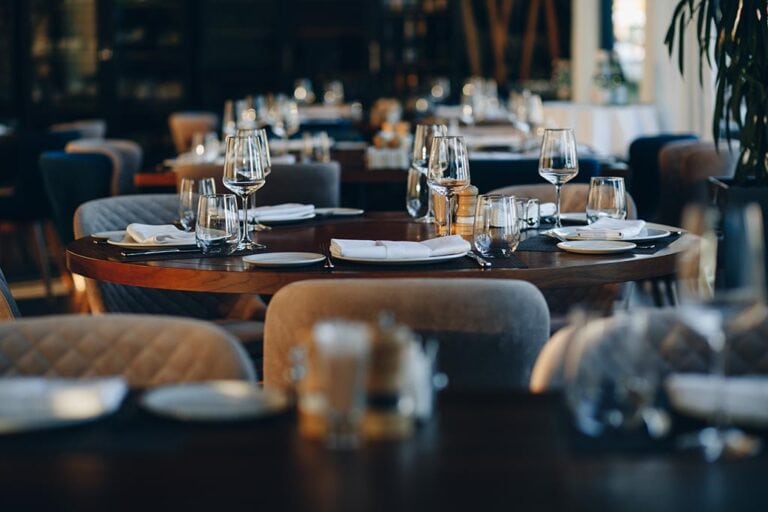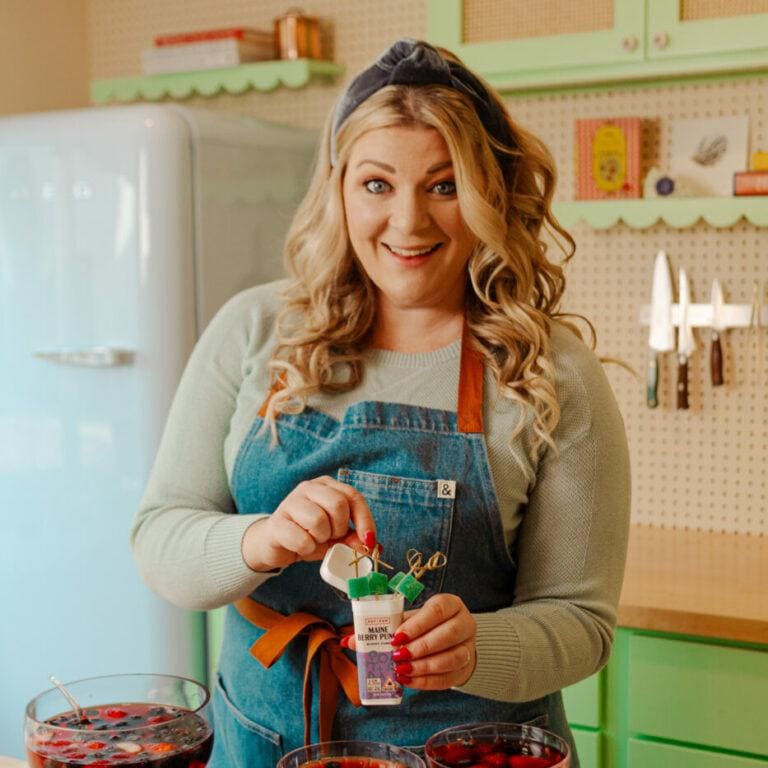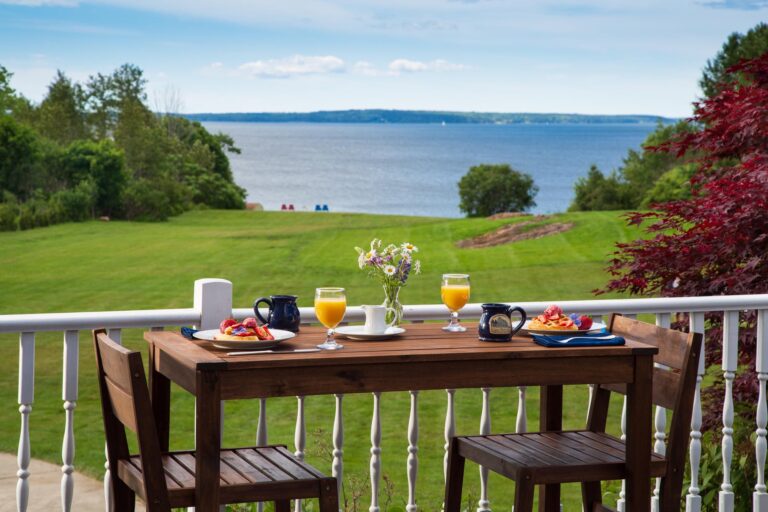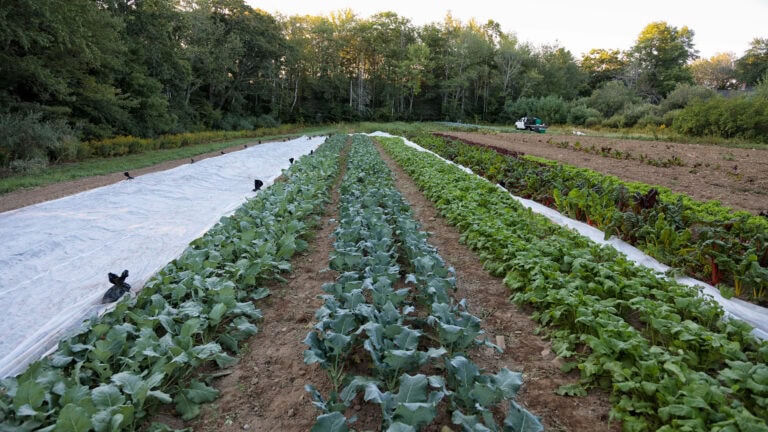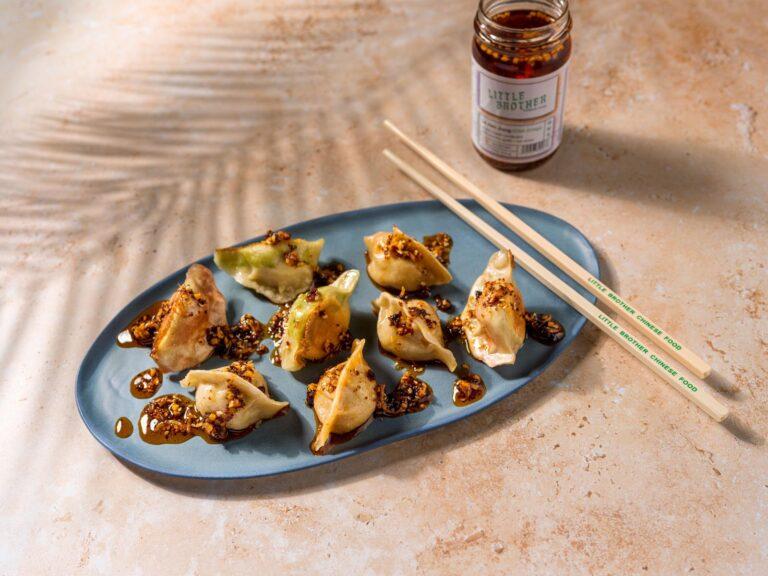The tables were sheets of plywood propped upon sawhorses, covered with newspaper. Barrel-chested men sporting tattoos and oven mitts carried a giant strainer (a metal garbage can peppered with holes) and dumped 50 pounds of steaming crawfish and fixings onto the tables.
We tore apart the reddish-brown “mudbugs,” crunched into the corn, gulped smoldering potatoes, and cherry-picked the best chunks of andouille. We felt the sting of Zatarain’s crab boil mix on our lips. When I was done, the greasy red seasoning stained my t-shirt. This was baptism into the religion that is the crawfish boil. It was 1980 and I was 15.
Seafood is rightly the centerpiece for myriad coastal community gatherings. The more primal the atmosphere, the better. Folks smash blue crab claws in Maryland, suck crawdad heads along the bayou, and take giant crackers to Dungeness crabs in the Pacific Northwest. Regions boast their distinct flavors, but all seafood events are rooted in tradition, culture, and place.
There are sites on Pesamkuk, present day Mt. Desert Island, where piles of discarded shells called middens tell the story of Indigenous people roasting clams for communal feeds. According to the Abbe Museum in Bar Harbor,
these Wabanaki communities gathered shellfish from moneskatik (or the clam digging place), now called Bar Harbor. After digging a pit in the sand, they would lay a bed of stones and build a driftwood fire on top. Pit masters swept away the embers and buried clams, mussels, or other shellfish in fresh seaweed atop the hot stones to steam.
European settlers adopted these practices and clam and lobster bakes are woven into the fabric of modern Maine’s social appetite. There is a growing industry that caters these events for tourists and ships DIY kits to folks who can’t make it to Vacationland.
Maine smelt fries are also a thing. For 20 years, the Downeast Salmon Federation (DSF) has hosted an event during the spring smelt run. The 4- to 8-inch silver fish are gutted and beheaded before their time in the hot oil, but it’s up to the eater to choose whether or not they consume the small bones. This smelt fry is a fundraiser that supports work to preserve spawning habitat for salmon, trout, and smelt in Maine’s watersheds. The event now draws more than 600.
DSF Executive Director Dwayne Shaw says people are attracted to events like this as a connection to the past. “We have a lot of folks… who say, ‘My father [caught smelts],’ and I did it as a child,” he says.







